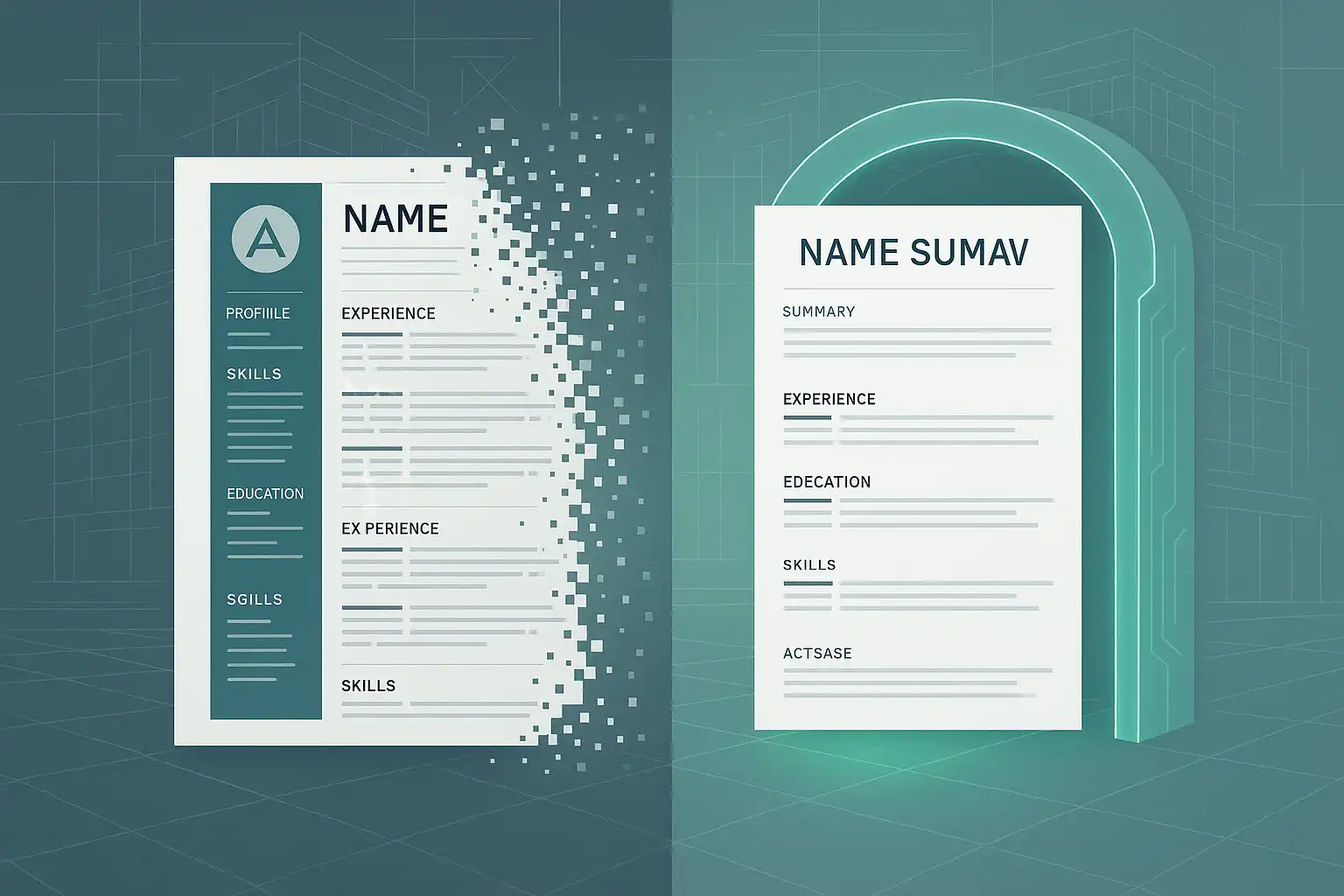- Home
- Articles
- Architectural Portfolio
- Architectral Presentation
- Inspirational Stories
- Architecture News
- Visualization
- BIM Industry
- Facade Design
- Parametric Design
- Career
- Landscape Architecture
- Construction
- Artificial Intelligence
- Sketching
- Design Softwares
- Diagrams
- Writing
- Architectural Tips
- Sustainability
- Courses
- Concept
- Technology
- History & Heritage
- Future of Architecture
- Guides & How-To
- Art & Culture
- Projects
- Interior Design
- Competitions
- Jobs
- Store
- Tools
- More
- Home
- Articles
- Architectural Portfolio
- Architectral Presentation
- Inspirational Stories
- Architecture News
- Visualization
- BIM Industry
- Facade Design
- Parametric Design
- Career
- Landscape Architecture
- Construction
- Artificial Intelligence
- Sketching
- Design Softwares
- Diagrams
- Writing
- Architectural Tips
- Sustainability
- Courses
- Concept
- Technology
- History & Heritage
- Future of Architecture
- Guides & How-To
- Art & Culture
- Projects
- Interior Design
- Competitions
- Jobs
- Store
- Tools
- More
Comprehensive Guide to Freelancing Finances and Job Searches for Long-Term Success
Explore the ultimate guide to freelancing finances and job searches. Learn how to manage irregular income, budget effectively, pay taxes, and diversify income streams. Discover strategic tips for building portfolios, optimizing freelancing profiles, and finding high-demand niches. Equip yourself with tools and skills to balance financial stability with career growth for long-term success.

Freelancing architecture offers freedom and flexibility, but it also comes with its own set of challenges, especially when it comes to managing finances and finding consistent work. As freelancers, we’re not just creators or service providers—we’re also our own accountants, marketers, and career strategists. Balancing these roles can feel overwhelming, but with the right approach, it’s entirely manageable.
Whether we’re just starting out or looking to refine our strategies, understanding how to handle our money and streamline job searches is key to long-term success. From budgeting for irregular income to building a steady pipeline of clients, there are proven methods that can help us thrive in this competitive space. Let’s dive into how we can master both our finances and our freelancing careers.

Table of Contents
ToggleUnderstanding Freelancing Finances
Freelancing requires proactive financial management to remain sustainable. Irregular income, tax obligations, and tracking expenses all demand attention to ensure stability.

Budgeting As A Freelancer
Creating a flexible budget helps manage fluctuating income. Identify monthly essentials, such as rent, utilities, and groceries, to establish a baseline. Allocate income percentages to savings, expenses, and an emergency fund when earnings surpass the baseline. For instance, reserving 20% for savings and 10% for emergencies helps prepare for lean months. Prioritizing non-fixed expenses, like subscriptions or tools, ensures minimal disruption when income dips.
Managing Taxes And Deductions
Freelancers are responsible for estimating and paying quarterly taxes. Setting aside 20-30% of each payment for tax obligations prevents surprises. Deductible expenses, such as home office costs, software subscriptions, or travel for client meetings, reduce taxable income. Tracking receipts and categorizing deductions ensures compliance and lowers liabilities. Consulting a tax professional enhances accuracy and maximizes returns.
Tools For Financial Tracking
Utilizing tools streamlines income and expense monitoring. Apps like QuickBooks and Wave simplify invoicing and categorizing expenses. Spreadsheet software, such as Google Sheets, provides customizable solutions for detailed tracking. Automated savings tools, including Digit and Qapital, help build reserves effortlessly. Consistent use of financial tracking tools ensures accurate records and aids decision-making.
Navigating Freelancing Job Searches
Freelancing job searches require strategic planning to stand out in a competitive market. By focusing on high-demand niches, showcasing expertise, and maximizing platform visibility, we can secure consistent opportunities.

Identifying Lucrative Niches
Specializing in lucrative niches enhances earning potential. To identify these niches, we analyze market trends, monitor job board postings, and research industry reports. For example, fields like web development, graphic design, and content writing often exhibit high demand. It’s essential to align our skills with in-demand areas and continuously update expertise to meet shifting needs.
Building A Strong Portfolio
A targeted portfolio demonstrates credibility and attracts clients. We recommend showcasing completed projects that align with our desired freelance market. For instance, including case studies, links to published work, or before-and-after project visuals can highlight our impact. Tailoring our portfolio to specific niches increases relevance and appeal. Additionally, clear contact information and professional design improve client engagement.
Leveraging Freelancing Platforms
Freelancing platforms offer access to a global client base. We optimize our profiles by using relevant keywords, detailed service descriptions, and client testimonials. Popular platforms like Upwork, Fiverr, and Toptal cater to different industries. Applying selectively to jobs that match our expertise and submitting personalized proposals boosts hiring rates. Many platforms also include client review systems, so maintaining high ratings ensures long-term visibility.
Balancing Finances And Career Growth
Freelancing requires managing financial stability while ensuring consistent career progression. Aligning these elements enhances long-term success and reduces uncertainties.

Investing In Skills Development
Allocating resources to learn new skills strengthens our value in the marketplace. Platforms like LinkedIn Learning and Coursera offer affordable courses in fields like digital marketing, data analysis, and programming. Setting aside 5-10% of our income for professional development builds expertise and aligns with in-demand roles. Industry certifications also reinforce credibility when pitching to clients.
Setting Financial Goals
Defining clear objectives creates a structured path for managing income. Short-term goals, like saving 3-6 months’ living expenses, address immediate needs. Long-term goals, such as building retirement savings, ensure financial growth. Tracking progress with tools like Mint or YNAB keeps us accountable and aligns freelance income with personal milestones.
Diversifying Income Streams
Relying on a single income source increases financial risk. We diversify by offering additional services, such as consulting, or creating passive income through e-books or online courses. Collaborating with multiple clients limits dependency on one project. Exploring platforms like Upwork, Fiverr, or niche-specific sites expands opportunities while maintaining steady cash flow.
Common Challenges And How To Overcome Them
Freelancers often face significant hurdles while managing finances and staying relevant in a dynamic market. Addressing these challenges with practical strategies ensures continued growth and stability.

Handling Irregular Income
Managing inconsistent earnings requires a robust financial plan. Retaining a buffer equivalent to 3-6 months of expenses minimizes financial strain during slow periods. Allocating 20-30% of earnings for taxes and emergency funds ensures preparedness for unexpected costs. Using financial tools like Mint or YNAB simplifies income tracking and budgeting.
In slow months, prioritizing essential expenses like rent and utilities helps maintain stability. For high-earning months, directing extra income to savings or debt repayment creates long-term security. Freelancers balancing these factors sustain financial health regardless of income fluctuations.
Staying Competitive In The Market
Maintaining competitiveness depends on consistent skill enhancement and strategic positioning. We recommend continuously updating skills through free and paid resources like Udemy or industry-specific webinars. Focusing on in-demand skills such as UX/UI design or SEO writing increases appeal to clients.
Regular portfolio updates showcasing diverse projects boost credibility. Engaging with professional communities on LinkedIn or niche forums improves visibility. On freelancing platforms, frequent profile optimizations using relevant keywords and strong client reviews strengthen market positioning.
Adapting to market trends and presenting unique value propositions increases client retention and attracts new opportunities.
Conclusion
Freelancing offers significant flexibility but requires proactive financial management and strategic job search efforts. By creating flexible budgets, setting aside funds for taxes, and utilizing tools like QuickBooks or Mint, we can manage irregular income effectively. Tracking deductible expenses ensures tax savings and financial stability.
In job searches, identifying high-demand niches, building standout portfolios, and optimizing freelancing profiles help us secure better opportunities. Leveraging client reviews and targeting jobs aligned with our expertise strengthens our reputation and visibility. Prioritizing skills development using platforms like LinkedIn Learning ensures long-term competitiveness.
Balancing financial growth with career goals reduces uncertainties. Diversifying income streams, setting financial goals, and engaging professional networks lead to sustained success. Following structured strategies allows us to navigate freelancing challenges confidently while maximizing opportunities for growth.
- advanced freelancing strategies
- best freelance job platforms
- comprehensive freelance guide
- enhance freelance career
- find freelance work online
- freelance budgeting advice
- freelance contracts and invoicing
- freelance income management
- freelance retirement planning
- freelance work-life balance
- freelancer financial planning
- freelancer savings strategies
- freelancing and personal finance
- Freelancing finance tips
- freelancing tax deductions
- grow freelance business
- how to manage freelance income
- long-term freelance career
- maximize freelance earnings
- secure freelance jobs
- strategies for freelance success
- successful freelance job search
- sustainable freelancing tips
Submit your architectural projects
Follow these steps for submission your project. Submission FormLatest Posts
How Architects Can Pick the Perfect AI Resume Builder—A Practical Buyer’s Guide
Nearly every major architecture firm now routes applications through an applicant tracking...
Brand Strategy for Architects and Designers
Today, architects and designers must build strong brands that reflect their vision...
Why Students Choose to Study Architecture: Unpacking Passion and Career Opportunities
Explore the compelling reasons students choose to study architecture in this insightful...
Architecture Salary: How Much Do Architects Earn in 2025?
Discover the diverse salary landscape in architecture! From entry-level roles to leadership...












Leave a comment